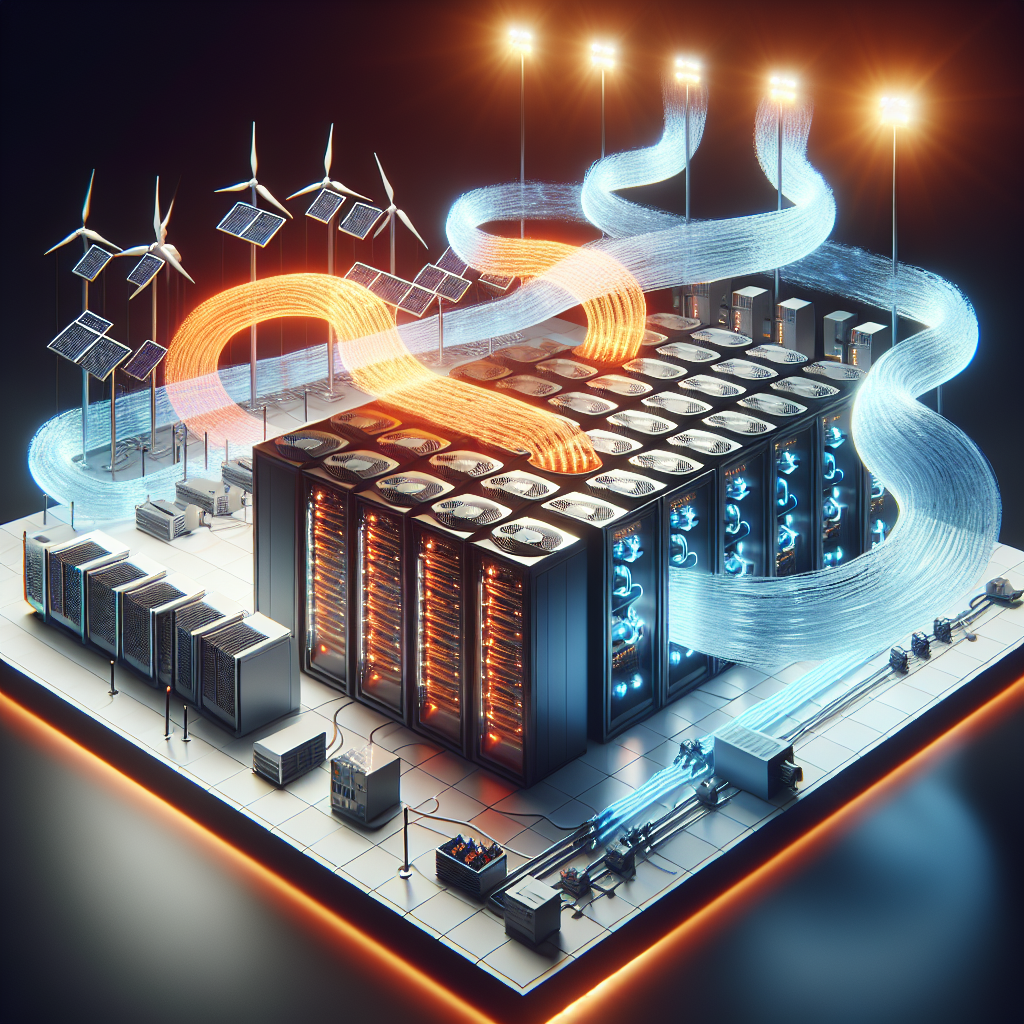Your cart is currently empty!
The Role of Data Center Cooling in Sustainable IT Operations

Data centers are a crucial component of modern technology infrastructure, serving as the backbone for storing and processing vast amounts of data. However, the immense energy consumption required to power and cool these facilities has become a growing concern for sustainability-minded organizations.
The role of data center cooling in sustainable IT operations cannot be overstated. Cooling systems are essential to maintaining optimal operating temperatures for servers and other equipment to prevent overheating and ensure uninterrupted performance. However, traditional cooling methods can be energy-intensive, contributing to a significant portion of a data center’s overall energy consumption.
In recent years, data center operators have been exploring more sustainable cooling solutions to reduce their environmental impact and operating costs. One approach is to implement energy-efficient cooling systems, such as air-side economizers, which use outside air to cool the facility during cooler weather conditions. This reduces the reliance on mechanical cooling systems, resulting in lower energy consumption and operational costs.
Another sustainable cooling option is the use of liquid cooling technologies, which are more efficient at dissipating heat compared to traditional air-based systems. Liquid cooling solutions can be integrated into existing data center infrastructure to improve cooling efficiency and reduce energy consumption.
In addition to implementing energy-efficient cooling systems, data center operators are also exploring innovative cooling techniques, such as hot aisle containment and cold aisle containment. These strategies help to optimize airflow within the facility, directing cool air to the servers and removing hot air more efficiently. By improving airflow management, data centers can reduce the need for excessive cooling and improve overall energy efficiency.
Furthermore, data center operators are increasingly turning to renewable energy sources to power their facilities. By investing in solar, wind, or hydroelectric power, data centers can significantly reduce their carbon footprint and reliance on fossil fuels. Coupled with energy-efficient cooling systems, sustainable IT operations can be achieved while also lowering operational costs in the long run.
Overall, the role of data center cooling in sustainable IT operations is essential for reducing energy consumption, minimizing environmental impact, and improving operational efficiency. By implementing energy-efficient cooling systems, optimizing airflow management, and investing in renewable energy sources, data center operators can make significant strides towards achieving sustainability goals and contributing to a greener future.

Leave a Reply